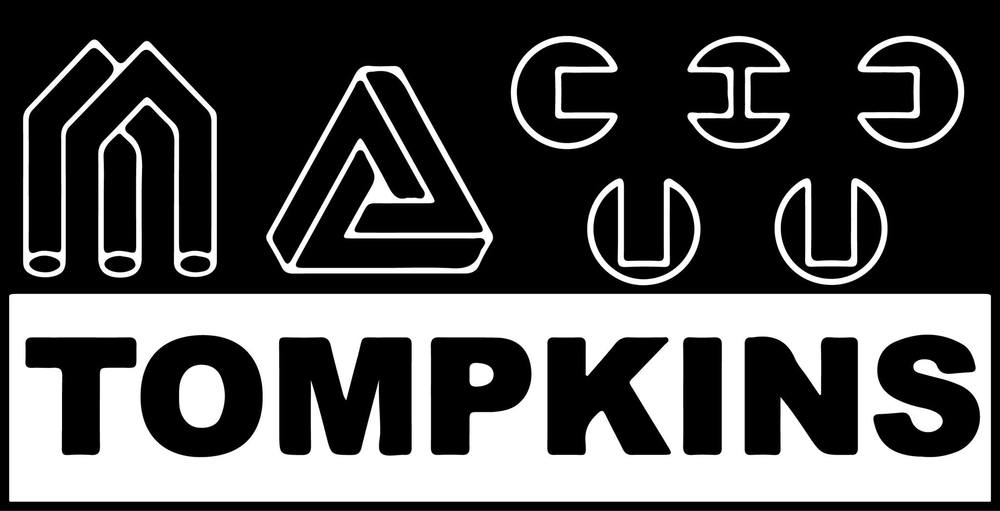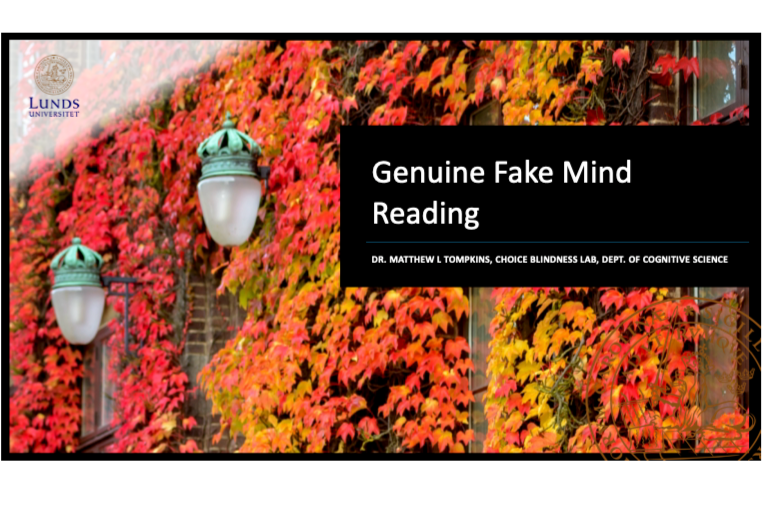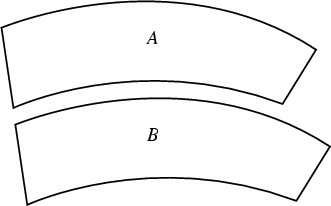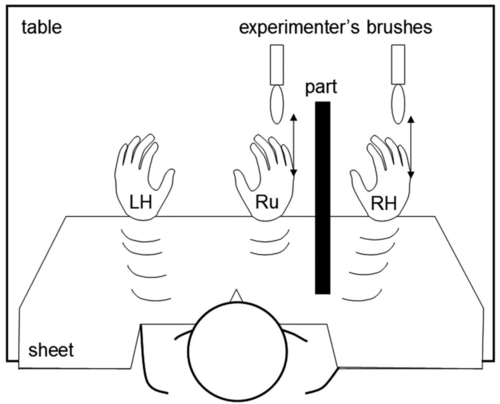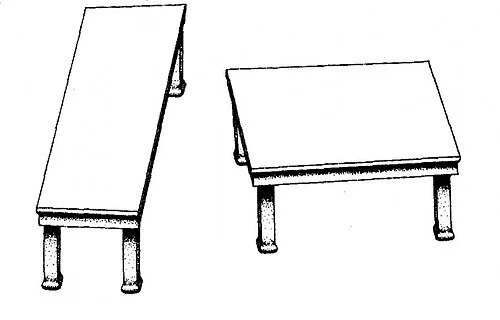Further Reading related to Lecture:
Our peer reviewed-scientific paper discussing our methods for inducing the illusions of advanced technology and the results of some preliminary experiments
A popular science article I wrote giving a more accessible overview
An essay describing how I constructed the talk sequence I performed at Forskar Grand Prix
Additional Resources:
My personal website: matt-tompkins.com
Linkden profile: linkedin.com/in/matthew-tompkins/
Lab website: lucs.lu.se/research/choice-blindness-lab/home/
What is Choice Blindness (TED Talk): youtube.com/watch?v=tuEGoAabL9o
Choice Blindness and consumer preferences: Link
Choice Blindness and Political Preferences: journals.plos.org/plosone/article?id=10.1371/journal.pone.0226799
The Science of Magic Association (SoMA): An organization I co-founded that’s designed to facilitate interdisciplinary collaboration
Illusion Demos
Wundt-Jastrow Illusion
First appeared in print in an 1873 book The World of Wonders. Psychologist Franz Müller-Lyer included it in a collection of optical illusions (1889). And the image was further popularized by both Joseph Jastrow and Wilhelm Wundt.
Jastrow, Joseph (1892-01-01). "Studies from the Laboratory of Experimental Psychology of the University of Wisconsin. II". The American Journal of Psychology. 4 (3): 381–428.
Müller-Lyer, F. C. (1889). "Optische Urteilstauschungen". Archiv für Anatomie und Physiologie (Supplement). Jahrg.1889 suppl.
Wundt, Wilhelm Max (1898). Die Geometrisch-Optischen Täuschungen. Leipzig: B. G. Teubner.
Light and Heavy Boxes
A size weight illusion also known as the Charpentier Illusion- named for the french physician who first described the effect in 1891.
Charpentier, A (1891). "Analyse experimentale: De quelques elements de la sensation de poids [Experimental study of some aspects of weight perception]". Arch Physiol Norm Pathol. 3: 122–135.
Won, I., Gross, S., & Firestone, C. (2021). “Impossible” Somatosensation and the (Ir) rationality of Perception. Open Mind, 5, 30-41.
Scintillating Grid
A variation on the Hermann Grid Illusion (1870) developed by Bergen (1985).
Bergen, J. R. (1985) Hermann's grid: new and improved (abstract), Investigative Ophthalmology and Visual Science, Supplement, 26: 280.
Hermann, L. (1870). Eine erscheinung simultanen contrastes. Archiv für die gesamte Physiologie des Menschen und der Tiere, 3(1), 13-15.
Schrauf, M., Lingelbach, B., & Wist, E. R. (1997). The scintillating grid illusion. Vision research, 37(8), 1033-1038.
Schrauf, M.; Lingelbach, B.; Lingelbach, E.; Wist, E. R. (1995). "The Hermann Grid and the scintillation effect". Perception. 24 Suppl. A: 88–89.
Spillmann L (1994) The Hermann Grid Illusion: a Tool for Studying Human Perceptive Field Organization. Perception 23:691–708
Rubber Hand Illusion
An illusion of proprioception originally reported by Botvinick and Cohen (1998).
Botvinick M, Cohen J, 1998 "Rubber hands 'feel' touch that eyes see". Nature 391, 756.
DuckRabbit Figure
Based on an image that first appeared in the German Humor magazine Fliegende Blätter in 1892. It was later popularized the by both the psychologist Joseph Jastrow and the philosopher Ludwig Wittgenstein. The 3D printed version on display today is a variation was designed by Kyle Galbraith.
Anynomous Illustrator, 1892. 'Welche Thiere gleichen einander am meisten?' Fliegende Blätter. Braun & Schneider.
Jastrow, J. "The Mind's Eye." Popular Sci. Monthly 54, 299-312, 1899.
Wittgenstein, L. Philosophical Investigations. Oxford, England: Blackwell, pp. 165-166, 1953/1958.
Optic Scotoma Demo
First discovered by in the 1660s by Edme Mariotte. Prior to this, physiologists mistakenly believed that the dense nerve fibers in this area of the eye were highly sensitive, when in fact they do not detect light.
Grzybowski, A., & Aydin, P. (2007). Edme Mariotte (1620–1684): pioneer of neurophysiology. Survey of ophthalmology, 52(4), 443-451.
Mariotte, E., Pecquet, J., & Justel, R. L. (1968). A new discovery touching vision. Philosophical Transactions of the Royal Society of London, 3(35), 668-671.
Rotating Snakes Illusion
A now classic anomalous motion illusion developed by Prof. Akiyoshi Kitaoka: https://www.ritsumei.ac.jp/~akitaoka/index-e.html
Ashida, H., & Kitaoka, A. (2003). A gradient-based model of the peripheral drift illusion. Perception, 32(Suppl.), 106.
Backus, B. T., & Oruç, I. (2005). Illusory motion from change over time in the response to contrast and luminance. Journal of vision, 5(11), 10-10.
Shephard Tables
An illusion developed by Stanford psychologist Roger N. Shepard in 1990.
Shepard, R. N. (1990). Mind Sights: Original visual Illusions, Ambiguities, and other Anomalies, with a Commentary on the play of mind in Perception and art. WH Freeman/Times Books/Henry Holt & Co.
Shrinking Finger Illusion
This proprioceptive illusion was developed by Vebjørn Ekroll and colleagues in 2016.
Ekroll, V., Sayim, B., Van der Hallen, R., & Wagemans, J. (2016). Illusory visual completion of an object’s invisible backside can make your finger feel shorter. Current Biology, 26(8), 1029-1033.
